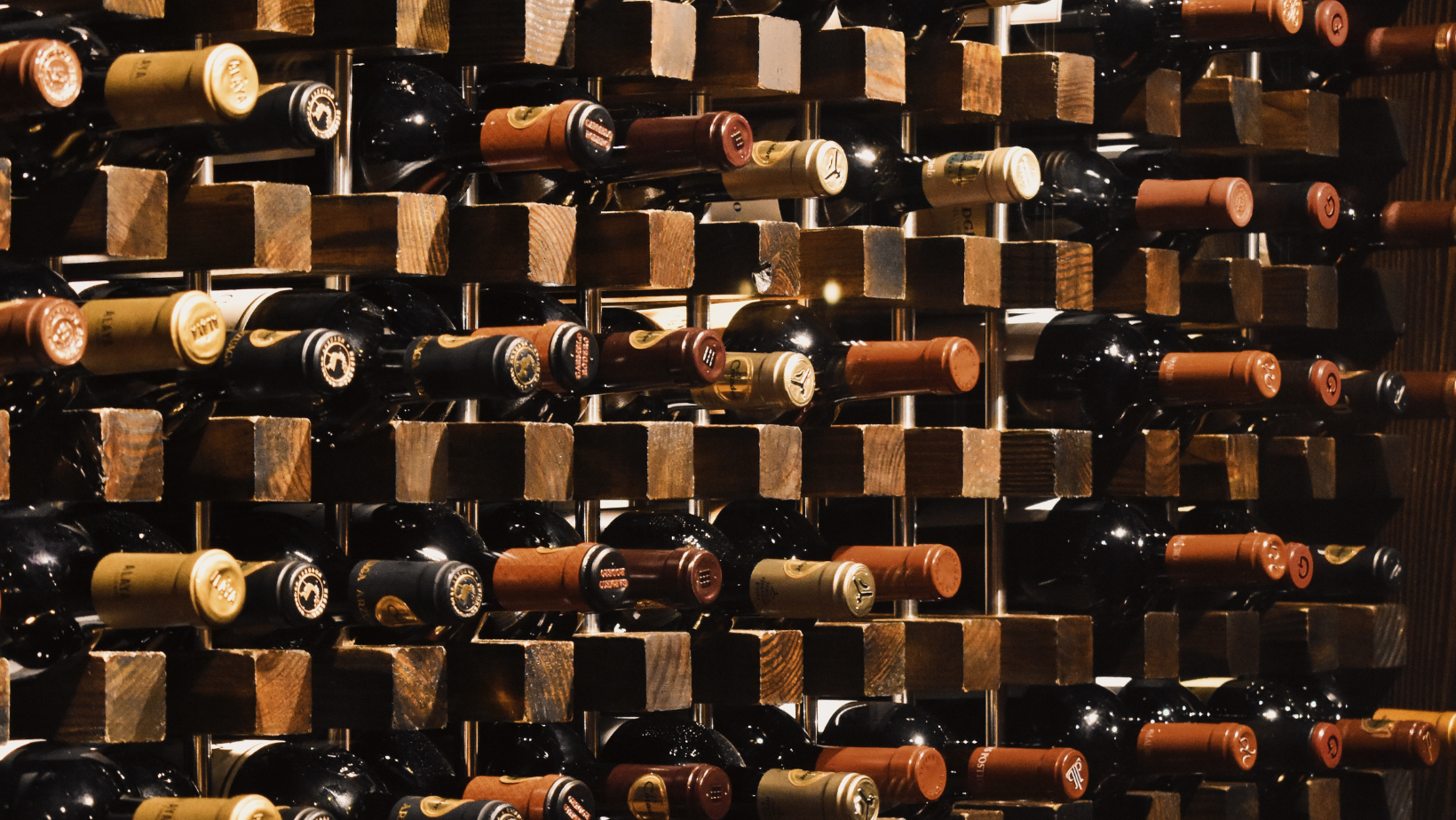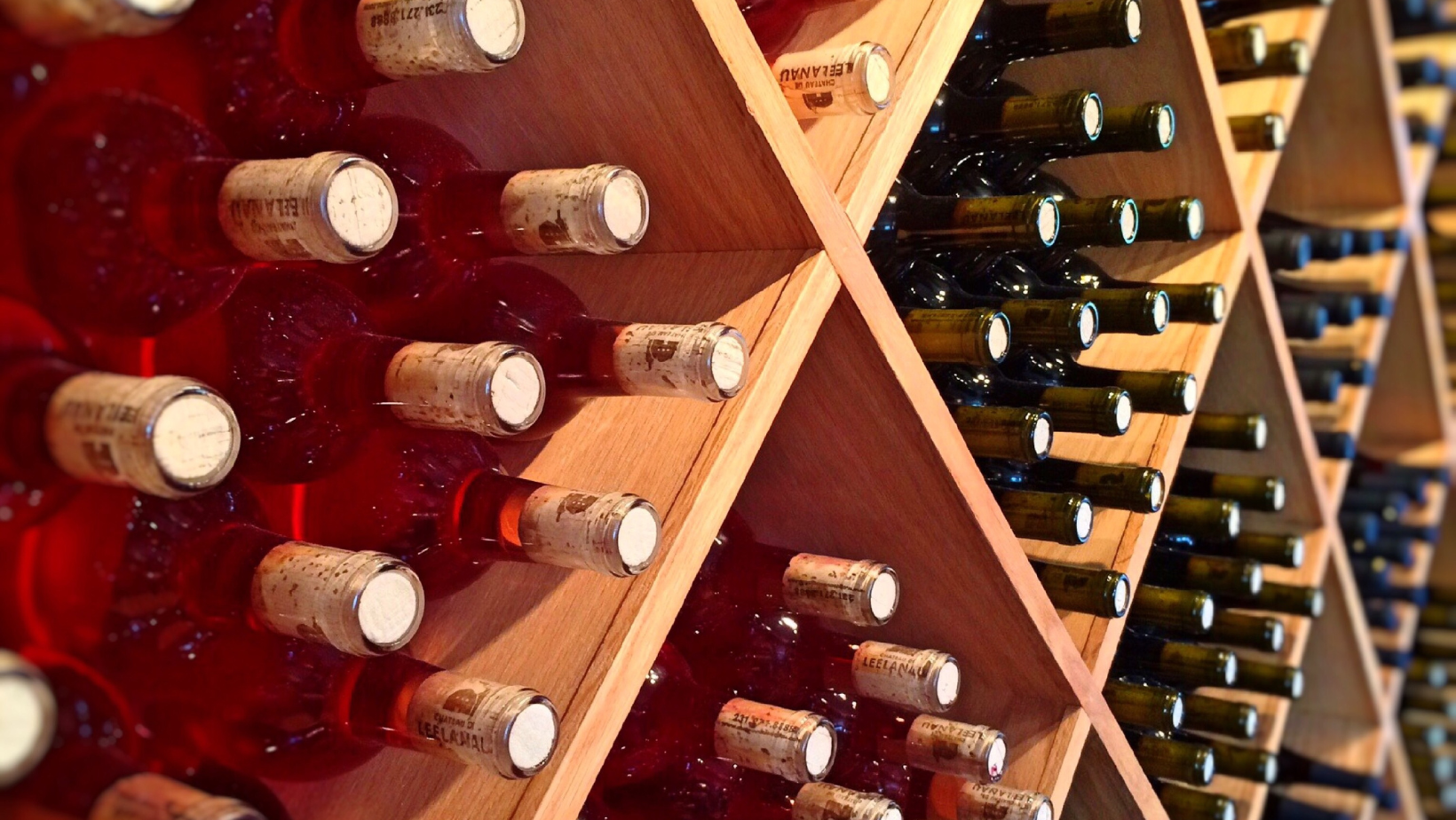Why is humidity an important factor for wine storage?
Humidity is an aspect that you should constantly consider and monitor to best preserve a bottle of wine. All experts agree that humidity is one of the key factors in wine storage, with the temperature of the environment and the position of the bottles.
It is recommended to keep bottles of wine in a place with a humidity level between 60% and 70%. You will have heard or read this advice a lot of times, especially aimed at those who do not have specific wine cellars and who must find or create a space within the house environment.
Let’s get into the details. We want to explain to you why you should respect this indication and why you should not underestimate this advice. Humidity levels above or below the recommended levels could cause negative-deteriorating effects on the bottle.
What happens to wine bottles stored in environments with too low humidity levels?
Low humidity levels create a dry environment, an unfavorable condition for maintaining the properties of the cork.
Low humidity levels cause:
1. Loss of elasticity of the cork
Elasticity is one of the fundamental properties of cork, making it an ideal material for the production of wine corks. Its ability to deform and adhere to the "neck" of the bottle guarantees the impermeability of the bottle, preventing oxygen from deteriorating the wine.
Environments with humidity levels below the recommended standard tend to dry out the cork because the cork does not have enough moisture to maintain its elasticity. As a result, the cork loses flexibility, becomes more rigid and can no longer adhere perfectly to the walls of the bottle.
2. Loss of the airtight seal of the cork
The dry and rigid cork, not perfectly adhering to the walls of the bottle, leads to the formation of small passages between itself and the neck of the bottle, where air and oxygen can infiltrate.
3. Possible breakage of the cork
In the most extreme situations, with very low humidity levels, the loss of elasticity of the cork can be so important as to cause breakage or damage to the cork. Moreover, the lack of flexibility makes it extremely fragile.
4. Macro-oxygenation of wine
All these negative effects on the seal of the cork cause negative consequences for the wine. The infiltration of air determines a macro-oxygenation of the wine. Oxygen causes a rapid and uncontrolled oxidation and, therefore, a progressive deterioration of the organoleptic properties of the wine.
Oxygen reacts with the substances contained in the wine, altering their "balance", with a degrading effect on its qualities.
What happens to wine bottles stored in environments with too much humidity?
Even in this case the effects on the wine are negative.
Too high humidity levels cause:
1. Spread of fungi and mold
Environments with humidity levels above the standard are the natural habitat of microorganisms, such as mold, fungi or bacteria. The high presence of water vapor and water, which develops on the bottle, favors their growth, spread and proliferation.
These microorganisms can contaminate parts of the bottle, with negative consequences on the wine.
2. Cork deterioration
The growth of mold and fungi on the bottle leads to a progressive deterioration of the cork, with the loss of its original properties.
These microorganisms can penetrate the cork, feeding on the organic substances that compose it. The loss of these substances compromises the seal of the cork.
Excessive humidity levels cause the cork to absorb too much moisture, swelling and losing its original shape and structure. In this way, passages can be created for air infiltration.
The deterioration also affects screw caps, leading to the formation of rust, compromising their aesthetics and efficiency.
3. Label deterioration
For label collectors, and not only them, humidity is an enemy. The water vapor, that forms in the environment, and the fungi and mold, that can grow on the surface of the bottles, damage the wine labels, tearing them and making them unreadable.
4. Spread of unpleasant odors
Humidity and the proliferation of fungi and mold can contaminate various parts of the bottle. This triggers a series of chemical reactions that lead to the formation of substances with unpleasant odors. Some of these may even infiltrate the cork, ruining the aromatic profile of the wine.
5. Wine deterioration
Everything we have written so far, from the spread of mold and fungi, to that of unpleseant odors, through the deterioration of the cork, inevitably lead to the progressive loss of the organoleptic qualities of the wine.
We hope we have convinced you to carefully consider the humidity factor to preserve your bottles of wine!
If you liked our article and if you want to continue to receive news, updates and curiosities about the world of wine, subscribe to the Wineshop.it wine newsletter. Lots of content and offers await you!











